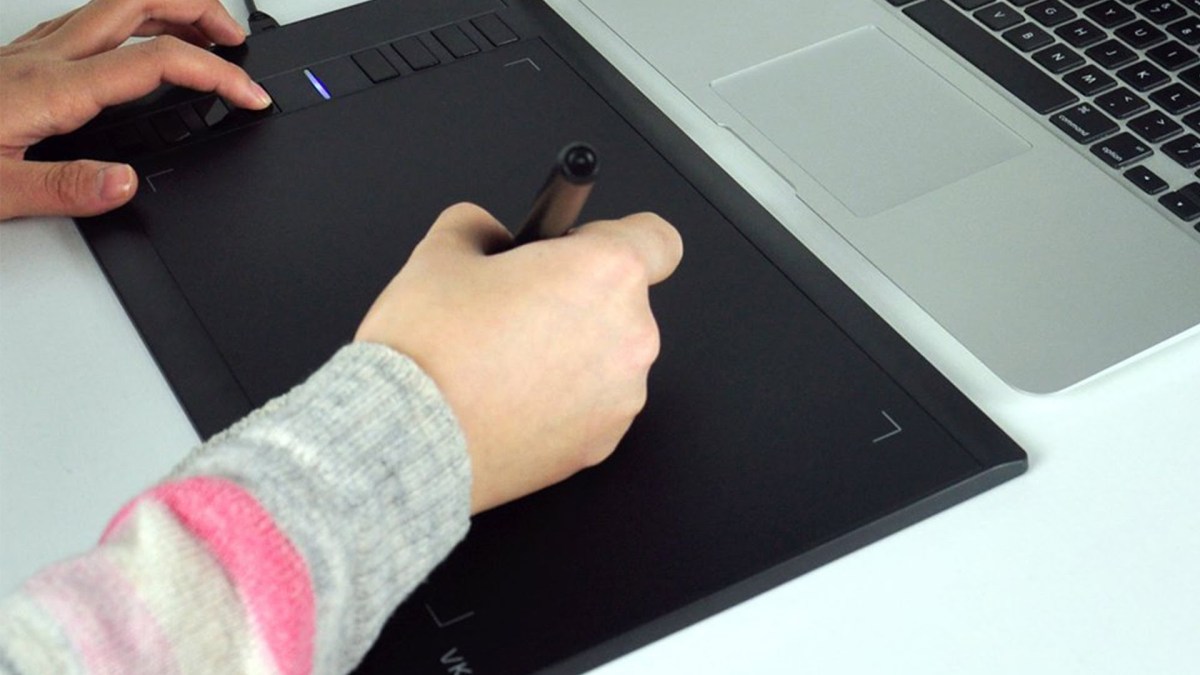Drawing tablets are an absolutely essential piece of kit these days for anyone looking to do animation
Yes, style pills are an important part of equipment these times for anyone looking to do movement or style work (when was the last time you tried to attract something with a mouse?
Best graphics tablets less than $100
Add to this the proven reality that they also come with some awesome functions and allow for stress level of sensitivity, and you can see why they are taking over. The problem is, how do you select from all of the ones that are on the market? Sure, we’d all really like a Wacom Cintiq, but at several of money they are out of most people’s cost variety. Therefore, I’d like to go through what I consider to be the 5 best style pills that you can make up for less than $100…and most of them are quite a bit under that.
Top 5 best affordable drawing tablets:
- Wacom Intuos Draw CTL490DW
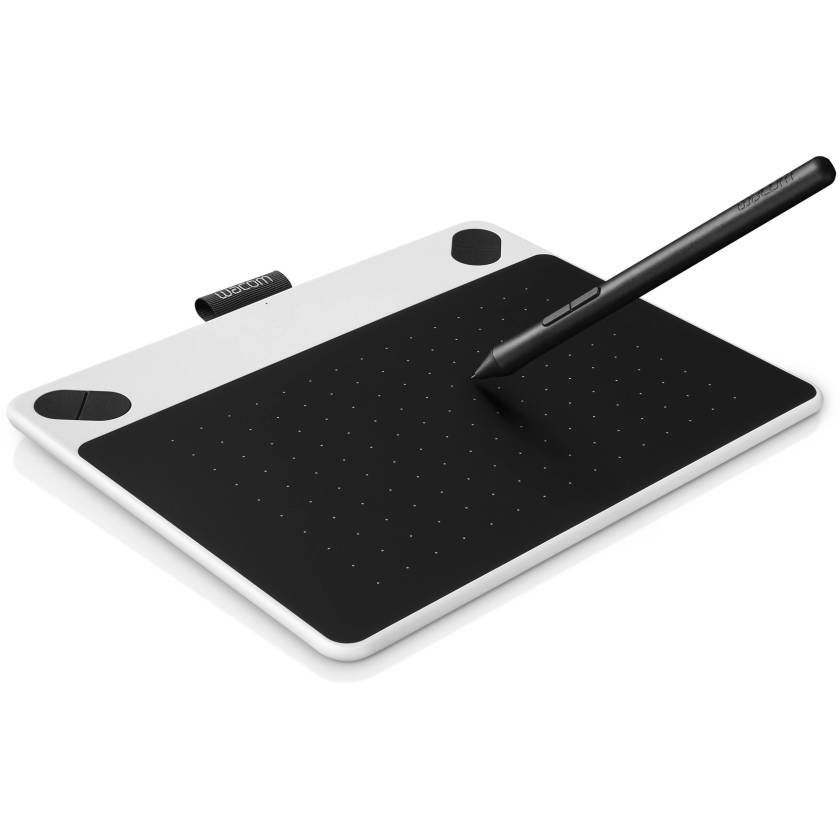
For performers of all stages who want to take their abilities into electronic world without emptying your bank account, the Intuos Draw CTL490DW electronic illustrating and style product by Wacom just may be the way to go. The Intuos Draw performs with many well-known style and movement applications and the product can be set up for either remaining or right-handed use. Here you can know how to learn draw step by step.
- Huion H610 Pro
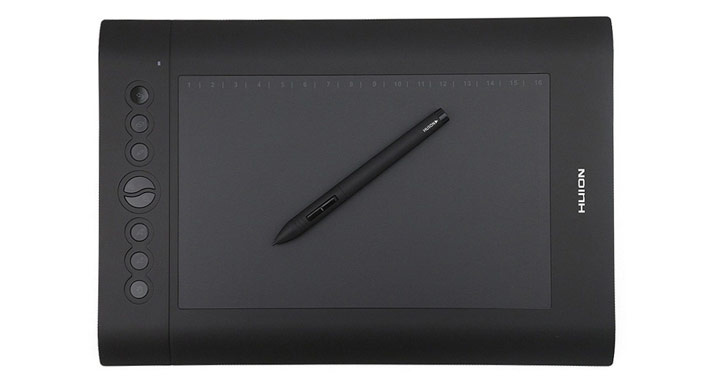
With a large (10 by 6.25 inch) illustrating surface area and a cost-effective cost ($72.99), the Huion H610 Pro is a cost-effective substitute for performers of every level of encounter. It is relatively easy to set up via the associated with CD and on-screen guidelines, and performs with with most style application such as Color, Photoshop and others. The pen is standard rechargeable and allows for accurate management of the pointer so that you can get a clear line for specific illustrating.
- Wacom ONE CTL471
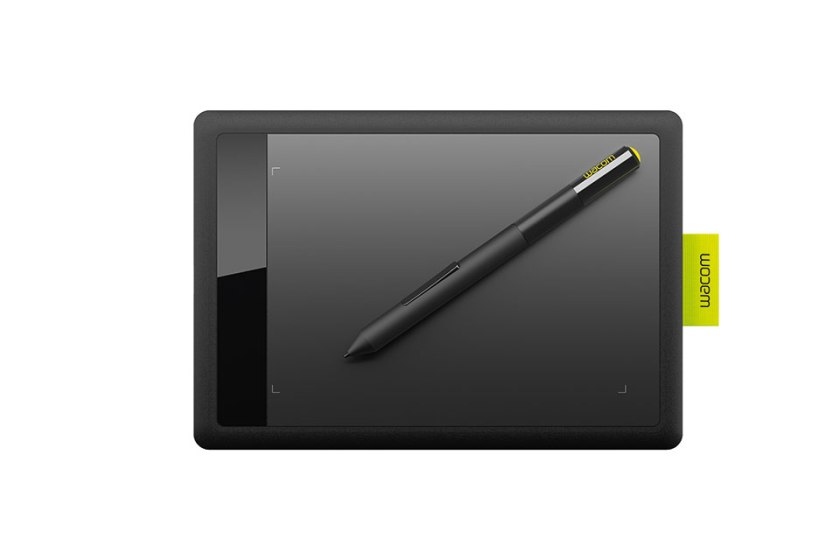
The Wacom ONE CTL471 is entering substitute for those performers who have only a little room. At only a 8.3 x 5.8 inches extensive, this product provides all the quality and management you want in searching for pen within a smaller surface area. Despite the small monitor dimension, a wide-format effective area still allows for more time pen swings and a relaxed illustrating encounter.
- Ugee M708 Graphics Tablet
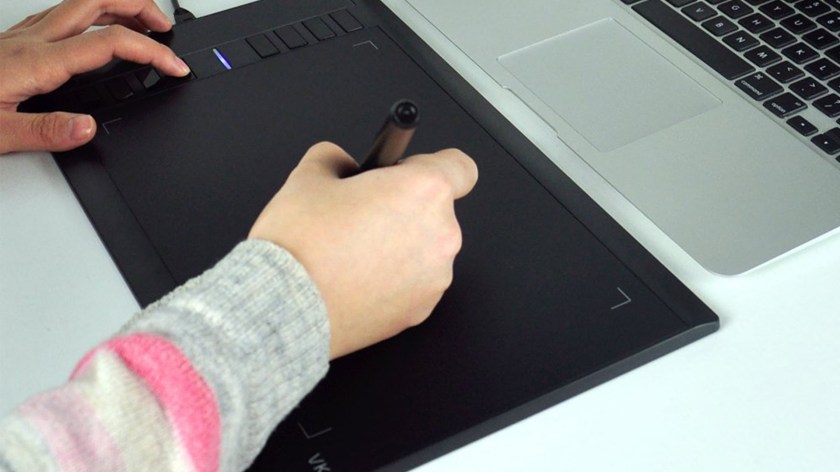
From Ugee comes the M708 Visual Drawing Tablet. This product, at just $59.98 retail store, is quite cost-effective and provides all of the options you’d anticipate. The product can also be designed for both left- and right-handed use.
- Turcom TS6610
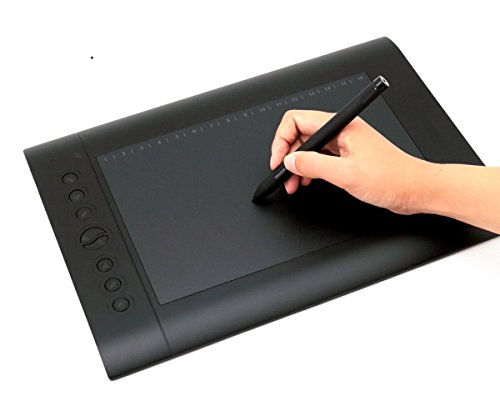
The product comes with 8 show important factors and 16 personalized operate important factors that put the most popular guidelines of most style applications at your convenience and allow you to change from one system to another quickly.

